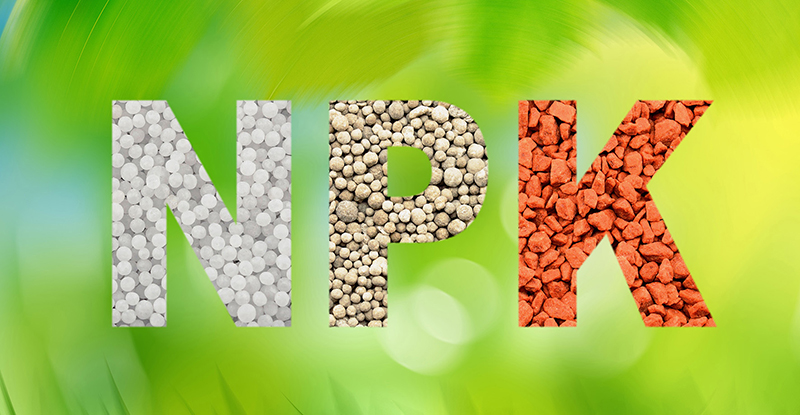What is potash?

Potash is one of the ‘3 key’ plant nutrients
The main nutrients used in agriculture are:
Nitrogen (N), Phosphorous (P) and Potassium (K)
Nitrogen (N)
Essential to ensure plants are healthy as they develop and nutritious to eat after they’re harvested. Nitrogen is essential in the formation of protein, and protein makes up much of the tissues of most living things.
Phosphorus (P)
Linked to a plant’s ability to use and store energy, including the process of photosynthesis. It’s also needed to help plants grow and develop normally. Phosphorus in commercial fertilizers comes from phosphate rock.
Potassium (K)
Used to strengthen plants’ abilities to resist disease and plays an important role in increasing crop yields and overall quality. Potassium also protects the plant when the weather is cold or dry, strengthening its root system and preventing wilt.
Why potash is vital to crop growth?
- Potash is the name for the group of minerals that provide potassium for plant growth
- It is a ‘must have’ fertiliser for crop production
- 90-95% of potash is used in agriculture as fertiliser
- The most common type of potash is Muriate of Potash (MoP) which is used to maintain soil fertility and improve plant health
- Potassium is known as the ‘Quality Nutrient’ because of its important effects on factors such as size, shape, colour, taste, shelf life, fibre and other quality-related measurements
Examples of crops that are potassium deficient
Corn
Barley
MoP is the dominant product in the potash market
Potassium is sold globally in ‘two’ main forms along with three minor products
Muriate of Potash (MoP)
Represents 93.2% of the potash market. MoP is potassium chloride (KCl) which contains 52% potassium and 48% chlorine by weight. Used for a large proportion of commercial crops including cereals, maize, rice and soybean.
Sulphate of Potash (SoP)
Represents 4.6% of market volume. Used by crops where chlorine tolerance is limited, primarily fruits and vegetables as well as several non-food products like rubber and cotton.
Nitrate of Potash (NoP)
Represents 1.4% of the potash market. Specialty form of potash used for chlorine-sensitive crops such as certain fruits and vegetables like potato, tomato and berries.
Sulphate of Potash Magnesia (SoPM)
Represents 0.7% of the potash market volume. Another specialty form of potash which also contains magnesium, one of the secondary nutrients. Used by specialty crops where chlorine tolerance is limited.
Polyhalite
Represents <1% of the potash market volume. Specialty product that is also suitable for chlorine-sensitive plants as well as delivering sulphur, calcium and magnesium as secondary nutrients.
Source of the potash market: Reward Minerals, Canaccord Genuity Estimates
